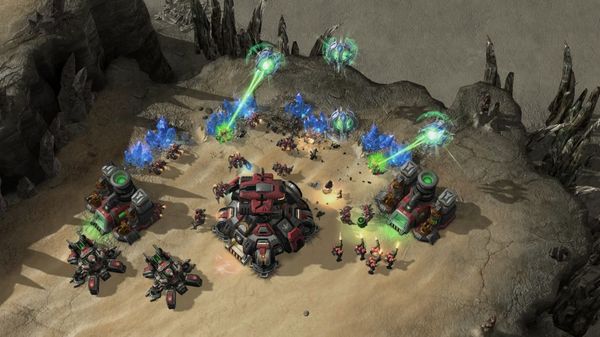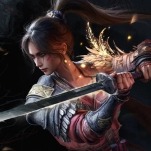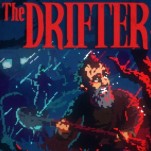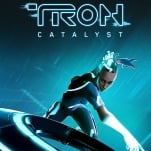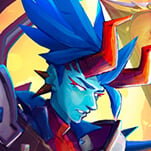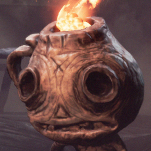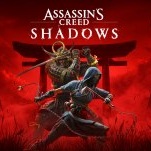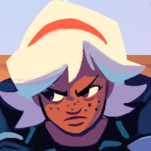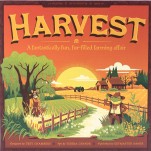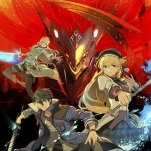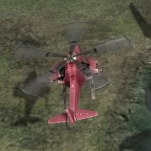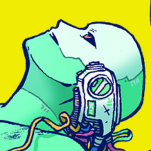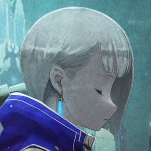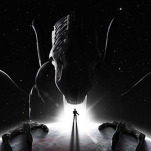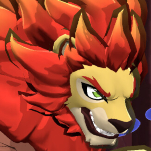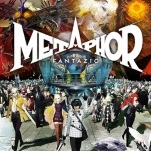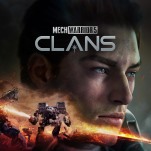Starcraft II: Heart of the Swarm (PC/Mac)
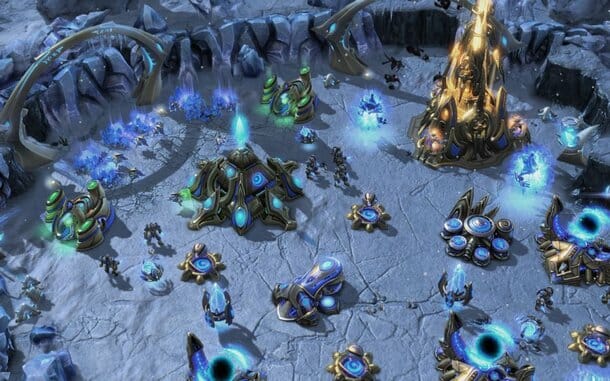
The original Starcraft holds a special place in the minds of both critics and teeming masses of hyper-competitive fans. For critics, it’s one of the few examples of a dense, complex narrative stretching back to the early days of legitimate storytelling in games. It’s a mature, nuanced depiction of an impossibly grand conflict between three alien races and a handful of key figures and powerbrokers. It has drawn upon such themes as betrayal, redemption and subtle motivation since long before such tropes became blasé and in an era when the most we could expect from the classical bastions of gaming excellence was somewhat banal apologues of plumbers and princesses.
With aggressively mediocre dialogue and awkward production choices, Heart of the Swarm wallows in lethargy, squandering the capital that Starcraft has earned.
Few, if any, strategy games are really known for their exceptional narratives. It’s difficult to cultivate an artificial but nonetheless necessary excuse for perpetual warfare while also creating well-developed, relatable characters. Even more ambitious would be to attempt some sort of romantic plot without falling into the realm of groan-inducing camp. And yet the first Starcraft largely succeeds.
In the original Starcraft’s day, our expectations were quite a bit lower. Since then the gaming industry has hit its adolescence and standards for “good” and “bad” have adjusted with it. The writing, then as now, isn’t particularly great—it’s filled with a bit too much sci-fi cheese and universe-specific jargon. But at the heart of it all is a plot that’s both compelling and interesting.
Even after 12 years of growing expectations, Starcraft II: Wings of Liberty managed to take the series in new and unexplored directions, with broader mechanics and fresh mission-specific requirements. With its sympathetic cast, the motivation required to finish a rather lengthy game came easily. The new expansion pack Heart of the Swarm cannot claim the same design high ground.
Sarah Kerrigan, a psychic spec ops soldier-turned-insectoid-queen, is the closest the installment has to a protagonist, and she serves the role of relatable anchor well. Tortured, experimented on, betrayed, captured and completely transformed by the mutagenic insect-like race known as the Zerg, the woman has now ascended to the role of emotionally scarred psionic god-queen.
Tricia Helfer, the actress behind EDI of Mass Effect and Cylon Number Six in the modern Battlestar Galactica series, stands out as one of the game’s real strengths. Her fantastic delivery draws out the character of a nigh-invulnerable woman despite questionable writing.
Beyond her, though, Blizzard’s selections for actors seem a bit odd. The voices for such series staples as Jim Raynor and Arcturus Mengsk are fine, but new characters like Dehaka and Izsha come off as either silly or jarringly out of place.
Unlike Wings of Liberty, players will find a rather restrictive, linear campaign with little level variety and few of the unique challenges and charming extras that give the series such a memorable flair. There are no mini-games, there are very few branching paths with any real significance, and even the more interesting levels often come down to just “destroy the other guys”.
The trailers, while exceptionally well-produced and demonstrative of the true awe that is Sarah Kerrigan as both a character and a badass, translate very poorly to in-game tension. Kerrigan and her broods are so powerful that few, if any, missions are at all challenging on normal difficulty, and even fewer feel as if they have any sort of weight or place within the events of the game. Even worse, so much of it retreads old ground that, after the genuinely refreshing Wings of Liberty, you might develop a craving for the not-so-olden days.
-

-

-

-

-

-

-

-

-

-

-

-

-

-

-

-

-

-

-

-

-

-

-

-

-

-

-

-

-

-

-

-

-

-

-

-

-

-

-

-


